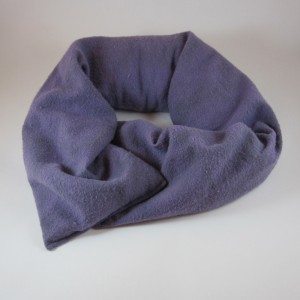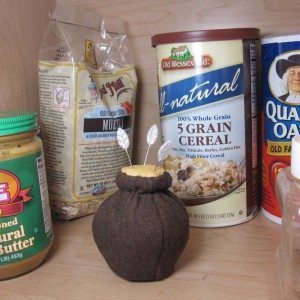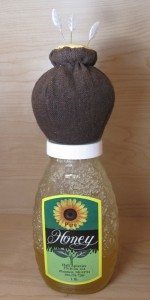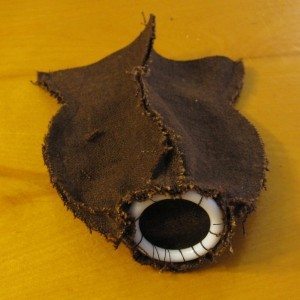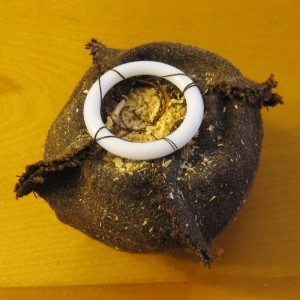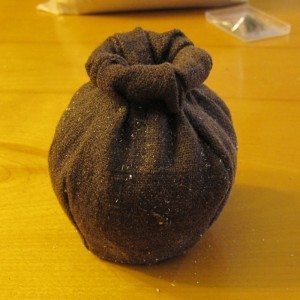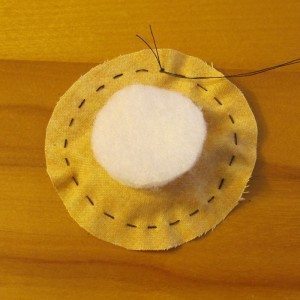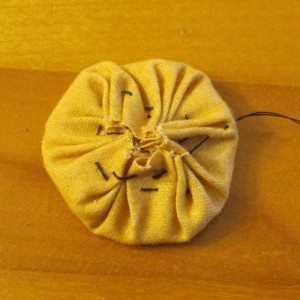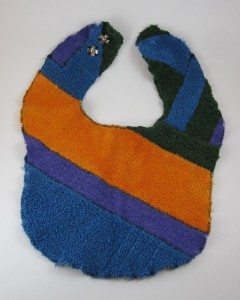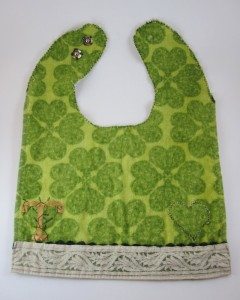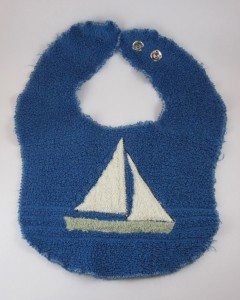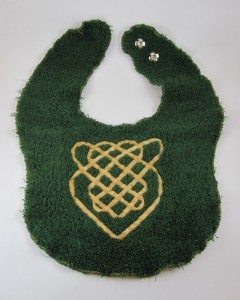Three seasons of the year, I live in outerwear collected over the last decade-plus to meet the following criteria: openable in the front and not wool. One of my sweaters was simply open in the front rather than openable, which made it less useful – three temperature options are better than two. For a while I wore it with a shawl tied around my waist as a belt, but that was bulky and impractical. A better solution was to add a closure to it, and after perusing my options (hidden hook and eye, decorative hook and eye, frog, button and buttonhole, two buttonholes with “cuff links”) I decided on a large decorative button in the center of one front panel with a buttonhole symmetrically placed in the other. I had just such a button, a beautiful glass one I bought at a flea market. Furthermore, I decided to stitch the buttonhole with embroidery floss matching the colors in the button, so if I were wearing the cardigan open it would still be symmetric.
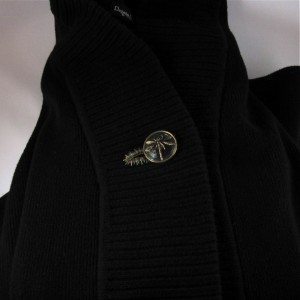
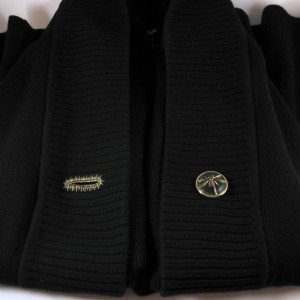
I can say with some confidence that the garment district need not fear my takeover any time soon, but I like how it came out. I finished this in the middle of last week so I’ve had a chance to try it out, and not only do I still like the look, I am pleased by the warmth difference.
In other keeping-warm news, I made a neck warmer for my husband a week or so ago, out of 100% cotton flannel and rice. I threw in some mace, allspice, cinnamon, cloves, and coffee beans (the spices were chosen according to which I had in unground form), which I can’t smell when it is heated but he says he can. It takes about 2 minutes in the microwave to warm up, but it stays warm a nice long time.
